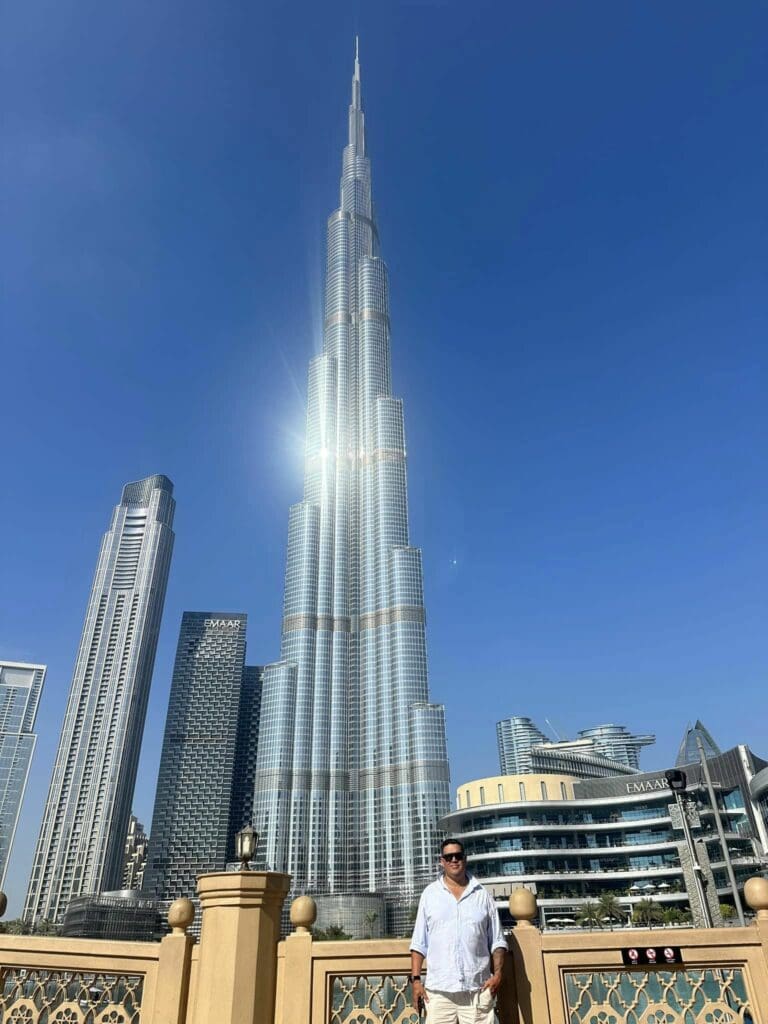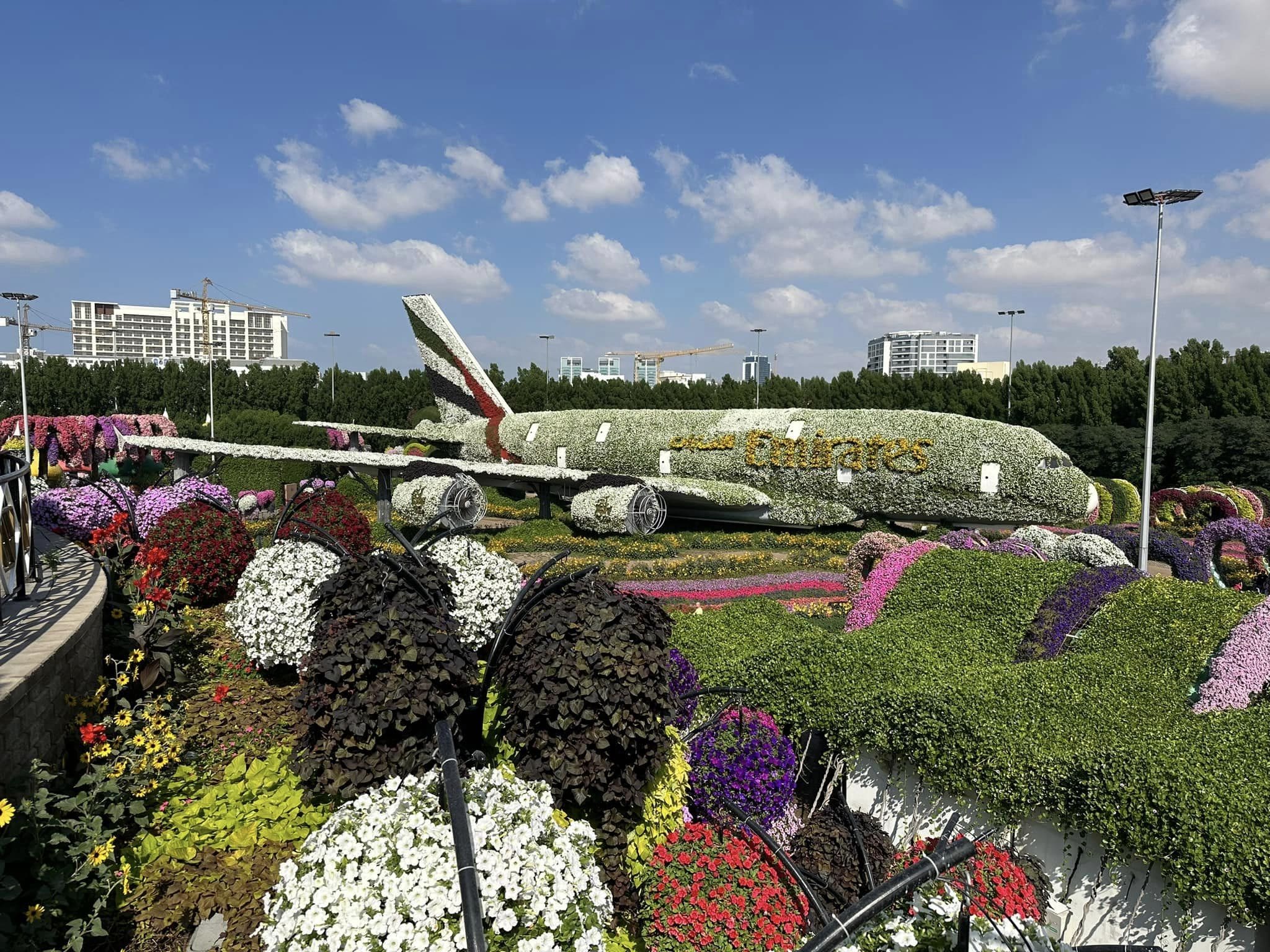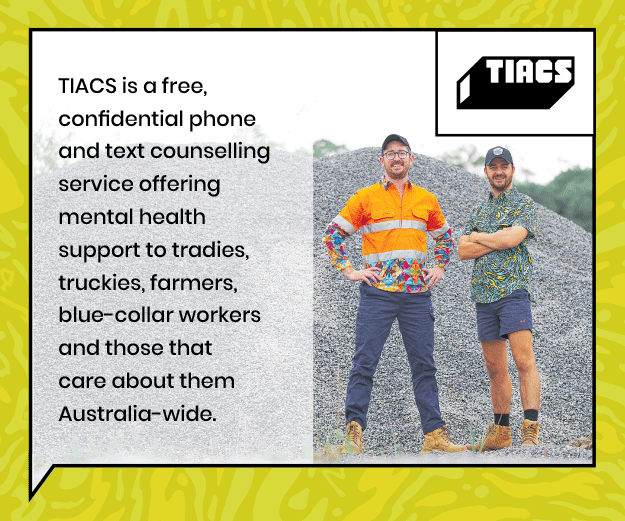Embarking on a two-week adventure to the United Arab Emirates (UAE), I soon realised that Dubai is not just a stopover destination – it’s a world of wonders waiting to be explored. This bustling city, known for its skyline bristling with futuristic skyscrapers, luxury shopping, and a vibrant nightlife scene, also serves as a gateway to the diverse landscapes of the UAE.
Landing in Dubai, the first thing that struck me was the energy. It’s a place that blends traditional Arabian culture with ultra-modern lifestyle seamlessly. We began our exploration of its urban landscape in Sharjah, the third largest and third most populous city in the UAE.
The Dubai Mall, a behemoth of retail with over 1,200 stores was more than a shopping experience, it is a microcosm of the city’s ethos of ‘bigger is better.’ Standing beneath the shadow of the Burj Khalifa, the tallest building in the world, I was struck by the sheer ambition of this city. The Dubai fountain show that operated in its shadow, a choreographed dance of music, lights and water, was beyond anything I have ever seen or imagined.
But it’s not just about modernity and luxury and the city’s cultural fabric is rich and varied. A visit to the Dubai Frame offered a glimpse into both the old and the new Dubai. This architectural marvel, towering at 150 meters high and 95 meters wide, features a museum on the ground floor which showcases the history and culture of Dubai. Interactive exhibits including holographic displays and virtual reality experiences, transport visitors back in time to the city’s early days. Visitors can also learn about the city’s vision for becoming a global leader in innovation and sustainability.
Dubai’s Old Town was a stark contrast to the modern glitz. The historic district offered an authentic glimpse into the Dubai of yesteryear. In the winding alleyways of the Gold Souk in Deira, each corner of this bustling market told a story, with shop windows glittering with gold jewellery and intricate craftsmanship. The Dubai Gold Souk was established in the early 1900s and the marketplace existed before the UAE was officially a country. Trading is mainly done in gram and 24-karat, and it’s estimated that the souk is home to as much as ten tonnes of gold at any given moment. There are gold vending machines that allow you to buy anything from a 2.5-gram, 24-karat gold coin to a wasta flex one-ounce gold bar. There’s even an internal computer capable of updating the prices every 10 minutes to reflect real time fluctuations in the market.
The nearby Spice Souk was a sensory overload, with the aroma of spices like saffron and sumac filling the air. Vendors proudly displayed an array of herbs and spices that have been traded in these parts for centuries.
A ride on the traditional abras across Dubai Creek felt like traveling through time. These wooden boats, used for centuries as a primary means of transportation across the creek, offered a serene break from the city’s pace.

Our journey further into tradition led us to the Jumeirah Archaeological Site. The site was once a bustling marketplace and a stop on ancient trade routes. Eight buildings make up the historical plot – five houses, a mosque, a marketplace and a caravansery. Yesteryear’s Jumeirah was a key stop on the trade route connecting Oman, Mesopotamia (ancient Iraq), the Arabian Peninsula and the Far East, where weary travellers would seek shelter and refuel. Nowadays, the visitor’s centre houses the treasures that archaeologists unearthed at the site such as glazed pottery, copper coins and gold ornaments. They’re lovingly preserved and on display to teach you about what life was like at the Jumeirah Archaeological Site centuries ago.
In Sharjah, the Rain Room offered a unique interplay of art, nature, and technology. Walking through a downpour without getting wet was a surreal experience and locals come here to experience ‘rain’, as it’s not a common occurrence in the UAE.
In the heart of Dubai’s urban expanse lies the Miracle Garden. Sprawling over 72,000 square meters and adorned with over 45 million flowers, this oasis offers a vibrant escape from the city’s metallic skyline. It’s a world of artistic floral displays, from heart-shaped archways to a full-scale replica of an Airbus A380, recognised by Guinness World Records as the largest floral installation. The butterfly garden, a part of this floral paradise, houses thousands of butterflies, adding a dynamic dimension to the experience.
Dubai’s food scene is a tantalising tapestry of global flavours, where every meal is an adventure in itself. From the aromatic Lebanese lunch at the Souks or Arabian Teahouse to the bustling atmosphere of Fibber Magee’s, Dubai’s oldest Irish pub, to street food stalls where shawarma and falafel can be savoured. The city’s culinary landscape caters to every palate, merging traditional Middle Eastern cuisine with an array of international offerings.
The highlight, however, was our brunch at Atlantis, The Palm. This iconic resort, majestically poised on the Palm Jumeirah, is a marvel of architecture and luxury. An all-you-can-eat-and-drink affair, it offered an array of gourmet dishes from around the globe, paired with an endless flow of fine beverages. Dining at Atlantis was a peek into the luxurious lifestyle that Dubai is famed for – a place where every detail is crafted for an experience of pure delight.
Dubai is a testament to human ambition and creativity, a place where the future meets tradition, and its appeal lies in its ability to offer something for everyone. Stay tuned for Part 2, where the journey continues off-grid, exploring the UAE’s deserts and mountains, and uncovering the adventures that lie beyond the city’s shimmering facade.













